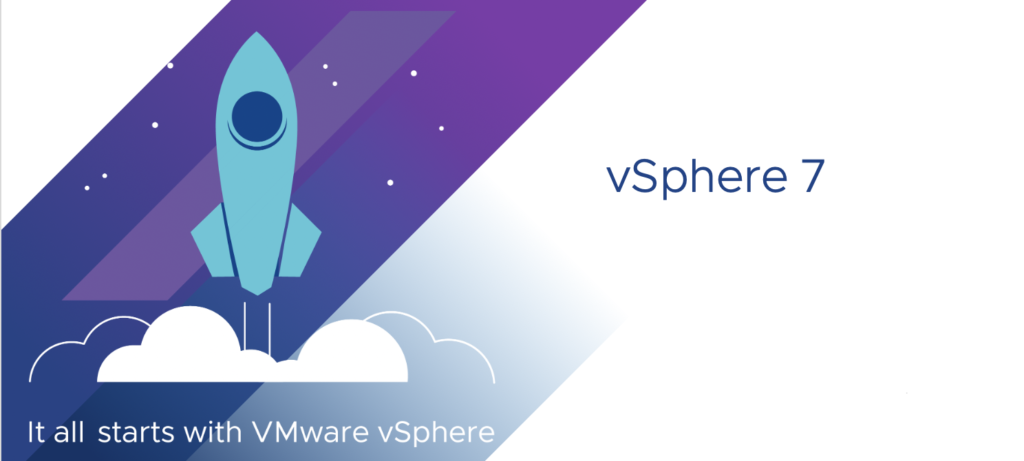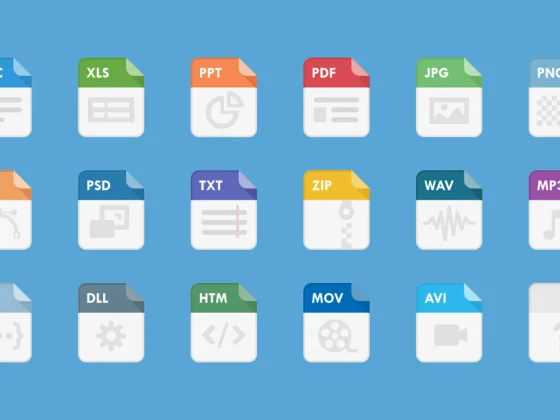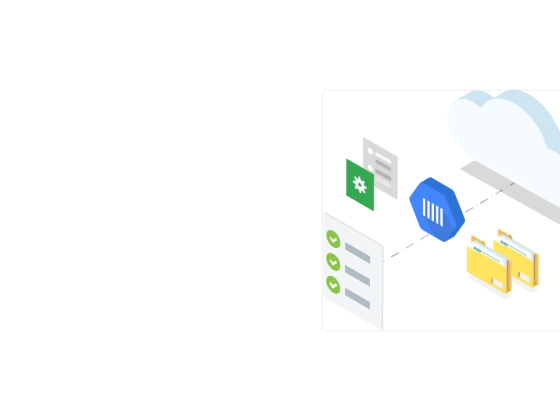The release of vSphere 7.0 U1 brings with it a lot of new enhancements to the platform’s core, while the four new Tanzu editions make it easier to package a complete Kubernetes solution. In the meantime, using vSphere with Tanzu has been simplified even more with use of the vSphere Distributed Switch as its main networking construct. Now your vSphere environment can be transformed into a Kubernetes powerhouse.
vSphere with Tanzu (formally known as Project Pacific) is a transformational way for vSphere administrators and DevOps users to cohesively own the parts of infrastructure for which they are responsible: setting resource consumption limits and permissions and creating Kubernetes clusters and deploying applications, respectively.
From our partners:
This video shows the process of preparing and configuring the environment, creating a Tanzu Kubernetes cluster, then deploying an application with an L4 load balancer. Tanzu Kubernetes Grid Service is responsible for doing the Tanzu Kubernetes cluster creation as a part of the Tanzu editions. In this post, we will look at what’s new with this service in vSphere 7.0 U1.
Support supervisor cluster environments using vSphere networking
Enabling use of the vSphere Virtual Distributed Switch to leverage your existing network infrastructure creates a faster configuration experience, allowing you to have Kubernetes clusters up and running in no time. Tanzu Kubernetes clusters are integrated into existing port groups and VLANs, making it easier for vSphere and network administrators to allocate usable IP space for Tanzu Kubernetes cluster nodes while also satisfying the technical requirements necessary for pod traffic across nodes.
For vSphere 7.0 U1, NSX-T is still required to use the vSphere Pod Service and Registry Service. These services are not available with the vSphere Virtual Distributed Switch.
Exposing Kubernetes versions to DevOps users
VMware provides Tanzu Kubernetes images through a subscribed content library that is synced to your vSphere environment. DevOps users who don’t have access to vSphere with Tanzu may find it difficult to know what Kubernetes versions are available. A new command is now exposed that allows a DevOps user to query the content library and fetch available versions.
We have introduced a new custom resource definition in the Supervisor cluster named `TanzuKubernetesRelease` which provides detailed information to the DevOps user about the Kubernetes versions available for use in their Tanzu Kubernetes clusters. This is done through `kubectl get tanzukubernetesrelease` or `kubectl get tkr`.
It can even be taken a step further, to filter based on labels. For example, in order to get the latest stable Kubernetes version for both 1.16 and 1.17.
Integration of VMware container networking with Antrea for Kubernetes
One of the required components for pod-to-pod communication in Kubernetes networking is done through the Container Network Interface (CNI). Antrea (or Antrea.io), an open source Kubernetes networking solution developed by VMware, provides seamless integration and production performance. It enforces the Kubernetes Network Policy API, which assigns network traffic filtering rules to pods. Since Antrea is based on Open vSwitch, it performs better than iptables, as there are more rules. In future TKG Service releases, we’ll be enabling additional Antrea configurations. For more details, please read the release announcement.
In the meantime, we have integrated a commercially supported version of Antrea as the default CNI for new Tanzu Kubernetes clusters. VI admins and DevOps users can still opt-in to Calico if they wish.
Get Started
The release of vSphere 7.0 U1 marks a major milestone for enabling Kubernetes into vSphere environments. Using the vSphere Virtual Distributed Switch, configuring vSphere with Tanzu has never been easier. vSphere 7.0 U1 users can get started by going to the Workload Management dropdown and entering their contact information to start the free trial.
Be sure to check out the Tanzu Basic and Tanzu Standard solution briefs to learn about the included components such as container registries, load balancers, observability solutions, lifecycle management, and more. Please read about the full features included in Tanzu Kubernetes Grid 1.2 here.
Source https://tanzu.vmware.com/content/blog/create-kubernetes-clusters-using-vsphere-7-0-u1
For enquiries, product placements, sponsorships, and collaborations, connect with us at [email protected]. We'd love to hear from you!
Our humans need coffee too! Your support is highly appreciated, thank you!








